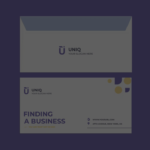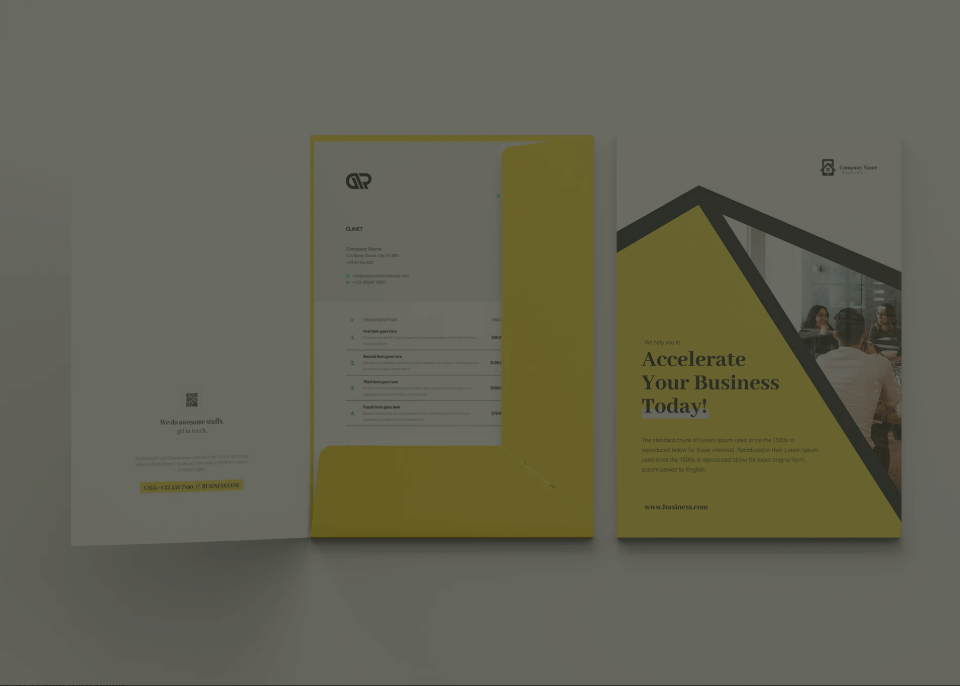
Is Next Day Printing Possible?
November 28, 2024
Should a Business Use Vistaprint?
December 26, 2024Have you ever struggled to decide on the right binding for your booklet project? Whether you’re creating a company report, an event program, or a keepsake yearbook, the type of binding you choose significantly impacts the functionality, durability, and overall presentation of the final product. With so many options available, it’s essential to understand the benefits of each method to make an informed decision.
The good news is that there’s a binding solution for every booklet’s purpose and budget. From cost-effective staples to premium hardcover options, choosing the right binding ensures your booklet looks professional, meets its practical requirements, and creates a lasting impression. Below, we’ll guide you through the most popular binding methods, their uses, and the advantages they bring to your projects.
Saddle Stitch Binding
Saddle stitch binding is one of the simplest and most cost-effective methods for booklet production. In this method, pages are folded in half, stacked, and stapled along the spine. It’s ideal for smaller booklets with fewer pages, typically up to 64, such as brochures, event programs, and small catalogs.
One of the key advantages of saddle stitch binding is its ability to lay flat when opened, making it easy to read and handle. Additionally, this method is budget-friendly and quick to produce, making it a favorite for short-run projects. However, it’s best suited for thinner booklets, as thicker ones can become bulky and difficult to fold evenly.
Perfect Binding
Perfect binding is commonly used for paperback books and thicker booklets with more than 40 pages. In this method, the pages are glued together at the spine, creating a flat, square edge. This binding style is ideal for reports, manuals, or magazines that require a professional and polished appearance.
Perfect binding stands out for its durability and ability to accommodate a high page count. Its sleek, professional look makes it suitable for both corporate and creative projects. However, it doesn’t lay flat when opened, which may be a consideration for certain types of content.
Spiral Binding (Coil Binding)
Spiral binding involves threading a plastic or metal coil through holes punched along the spine. This allows the pages to rotate a full 360 degrees, making it a flexible option for booklets that require frequent handling, such as workbooks, instructional guides, and cookbooks.
One of its major benefits is its ability to lay flat or fold back on itself, making it ideal for hands-free use. While functional, spiral binding may not have the polished look required for high-end presentations, but it excels in practicality and ease of use.
Wire-O Binding (Double Loop Wire)
Similar to spiral binding, Wire-O binding uses a double-looped wire instead of a single coil. This method offers a more sophisticated and polished appearance, making it suitable for high-end presentations, calendars, and reference materials.
Wire-O binding allows pages to rotate freely, ensuring easy handling and readability. Its aesthetic appeal and functionality make it a popular choice for professional settings, though it can be slightly more expensive than spiral binding.
Comb Binding
Comb binding uses plastic combs threaded through holes along the spine. This method is particularly useful for reports and presentations that may require updates, as the booklet can be easily unbound and rebound to add or remove pages.
Comb binding is an affordable option that lays flat when opened, but it may lack the durability and sophistication of other binding methods. It’s best for temporary or regularly updated materials.
Case Binding (Hardcover Binding)
Case binding, often seen in hardcover books, involves binding the pages with a hard, protective cover. This method is perfect for high-quality, durable booklets, such as annual reports, yearbooks, and keepsakes.
The premium look and feel of case binding, combined with its exceptional durability, make it a standout choice for projects that need to leave a lasting impression. However, it’s one of the more expensive binding options and requires a longer production time.
Thermal Binding
Thermal binding uses heat to glue pages into a pre-made cover, creating a seamless spine. It’s an excellent option for professional reports, dissertations, and business proposals that demand a sleek, polished appearance.
This binding method is elegant and free of visible stitching or combs, offering a clean and professional finish. While not as durable as case binding, it’s ideal for shorter-term or presentation-ready materials.
Tape Binding
Tape binding secures pages with a strip of tape along the spine. It’s a fast, low-cost method suitable for reports, handbooks, or portfolios that have a limited lifespan.
This option is practical for short-term use and provides a clean appearance, though it lacks the durability of other methods.
Screw Post Binding
Screw post binding involves inserting metal or plastic screws through pre-punched holes, making it easy to add or remove pages. It’s often used for portfolios, presentations, and documents that need customization.
This method is durable and customizable, making it ideal for projects that require flexibility without sacrificing a professional look.
Choosing the right binding for your booklet depends on your project’s purpose, budget, and desired appearance. From cost-effective saddle stitch to premium case binding, there’s a solution for every need, ensuring your booklet not only meets but exceeds expectations.
Contact Us Now for More Information
Phone: 724-837-0530



